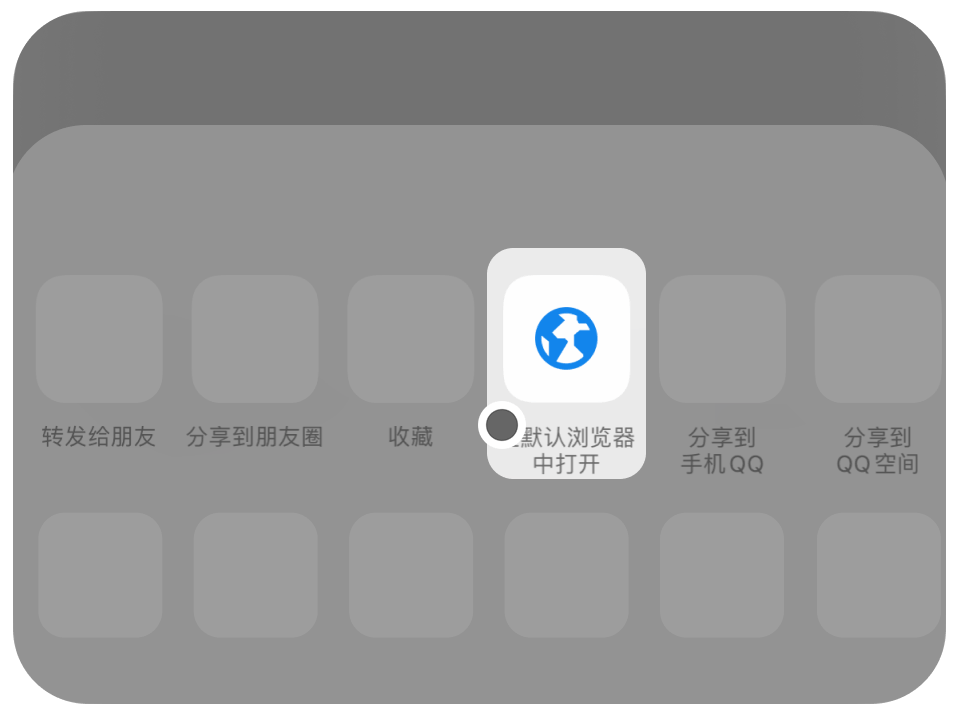GraphQL Subscription(订阅)
GraphQL Subscription(订阅)
1. 什么是 Subscription(订阅)?
订阅是 GraphQL 的三大核心操作之一(Query、Mutation、Subscription)。
它允许客户端实时接收服务器推送的数据更新,而无需客户端主动轮询。
典型应用场景:
聊天应用中的新消息通知。
实时股票价格更新。
社交媒体中的新动态推送。
游戏中的实时状态同步。
2. Subscription 的工作原理
客户端订阅:
客户端向服务器发送订阅请求,指定感兴趣的事件或数据。
示例订阅请求:
graphql
subscription {
newMessage {
id
sender
}
}
服务器监听事件:
服务器在后台持续监听特定事件(如新消息创建)。
当事件发生时,服务器将数据推送给所有订阅该事件的客户端。
实时推送:
服务器通过 WebSocket 或其他实时通信协议(如 Server-Sent Events)将数据推送到客户端。
aspcms.cn3. Subscription 的实现方式
WebSocket:
这是最常见的实现方式。
客户端通过 WebSocket 连接到服务器,保持长连接,服务器可以随时推送数据。
示例:
使用 Apollo Server 和 Apollo Client,可以轻松实现 WebSocket 支持。
Server-Sent Events (SSE):
一种轻量级的实时通信协议,基于 HTTP。
适用于单向数据推送(服务器到客户端)。
其他协议:
自定义协议或第三方服务(如 Pusher、Ably)也可以用于实现订阅功能。
4. Subscription 的使用场景
实时协作:
例如,Google Docs 中的多人实时编辑。
通知系统:
用户收到新消息、新评论或新订单通知。
监控和仪表盘:
实时显示服务器状态、性能指标或用户行为数据。
游戏:
实时同步玩家位置、状态或游戏事件。
5. Subscription 的优缺点
优点:
实时性:
数据更新几乎是即时的,用户体验更好。
减少客户端请求:
客户端无需频繁轮询服务器,降低了服务器负载。
更自然的事件驱动:
订阅模式更符合事件驱动架构的设计理念。
缺点:
复杂性增加:
实现订阅功能需要额外的服务器端逻辑和实时通信支持。
连接管理:
需要处理大量 WebSocket 连接,可能增加服务器资源消耗。
调试困难:
实时数据流的调试比传统的请求-响应模式更复杂。
6. 示例:使用 Apollo 实现 Subscription
服务器端(Apollo Server):
javascript
const { ApolloServer, gql, PubSub } = require('apollo-server');
const pubsub = new PubSub();
const typeDefs = gql`
type Message {
id: ID!
content: String!
sender: String!
}
type Subscription {
newMessage: Message!
}
type Mutation {
sendMessage(content: String!, sender: String!): Message!
}
`;
const resolvers = {
Subscription: {
newMessage: {
subscribe: () => pubsub.asyncIterator(['NEW_MESSAGE']),
},
},
Mutation: {
sendMessage: (_, { content, sender }) => {
const newMessage = { id: Date.now().toString(), content, sender };
pubsub.publish('NEW_MESSAGE', { newMessage });
return newMessage;
},
},
};
const server = new ApolloServer({ typeDefs, resolvers });
server.listen().then(({ url }) => console.log(`???? Server ready at ${url}`));
客户端(Apollo Client):
javascript
import { ApolloClient, InMemoryCache, gql } from '@apollo/client';
import { WebSocketLink } from '@apollo/client/link/ws';
import { split } from '@apollo/client/link/http';
import { getMainDefinition } from '@apollo/client/utilities';
const httpLink = /* 创建 HTTP 链接 */;
const wsLink = new WebSocketLink({
uri: 'ws://localhost:4000/graphql',
options: {
reconnect: true,
},
});
con


